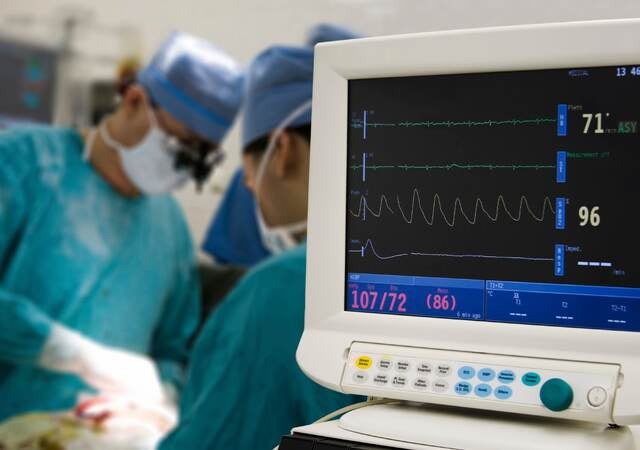November 9, 2021
The guidance lays out recommendations for submission content to facilitate evaluations of software safety and performance by FDA reviewers. Overall, these recommendations cover documentation typically associated with software development, verification and design validation processes.
SiMD as well as SaMD coverage
The guidance distinguishes between software in a medical device (SiMD), which controls hardware devices or is part of such hardware, and software as a medical device (SaMD), which functions as a device on its own without being part of a hardware device. (Both SiMD and SaMD fall under the scope of the guidance.)
Types of SiMD, SaMD and other medical software covered by the new FDA guidance include:
- Firmware for software-based control of a medical device
- Standalone software applications
- Software operated on a general-purpose computing platform
- Dedicated hardware/software medical devices
- Medical device accessories composed of software
Excluded from the scope of the guidance are products such as software for automated manufacturing and quality systems, as well as software that does not qualify as a medical device. Nor does the guidance apply to software-related documentation related to post-market processes.
Premarket submission documentation: Level considerations
FDA notes that recommended content and documentation for a premarket submission depends on four risk-based factors. These factors determine a submission’s Documentation Level as either Basic (required for any premarket submission) or Enhanced.
Enhanced documentation is required in cases where the device in question is either a constituent part of a combination product; is intended for either testing of blood donations for transfusion-related infections, determining donor-recipient compatibility or functions as Blood Establishment Computer Software; is considered Class III by FDA; or poses the risk of death or serious injury to patients and users if its software malfunctions or fails.
Basic and Enhanced documentation level contents
For medical device software premarket submissions falling under either the Basic or Enhanced documentation level category, FDA recommends the following items:
- Documentation level evaluation describing and justifying the appropriate documentation level of the submission
- Software description that includes an overview of pertinent features, analyses, inputs and outputs
- System and software architecture design chart that covers modules, layers and interfaces of the device
- Risk management file that provides risk management plans, assessments and reports
- Software requirements specification (SRS) describing needs and/or expectations of system or software
In addition, both Basic- and Enhanced-level software premarket submissions are subject to documentation requirements including software design and maintenance practices; software testing as part of verification and validation; and revision level history according to the new guidance.
FDA’s publication of draft guidance for SiMD and SaMD premarket submission documentation corresponds to the agency’s list of medical device regulatory priorities for its 2022 fiscal year, which prioritized such guidance as an “A-list” item.
Learn more about US FDA medical device and SaMD regulations at Emergo by UL:
- US FDA 510(k) consulting for medical device software manufacturers
- Medical device design, process and software validation support
Request more information from our specialist
Thanks for your interest in our products and services. Let's collect some information so we can connect you with the right person.







